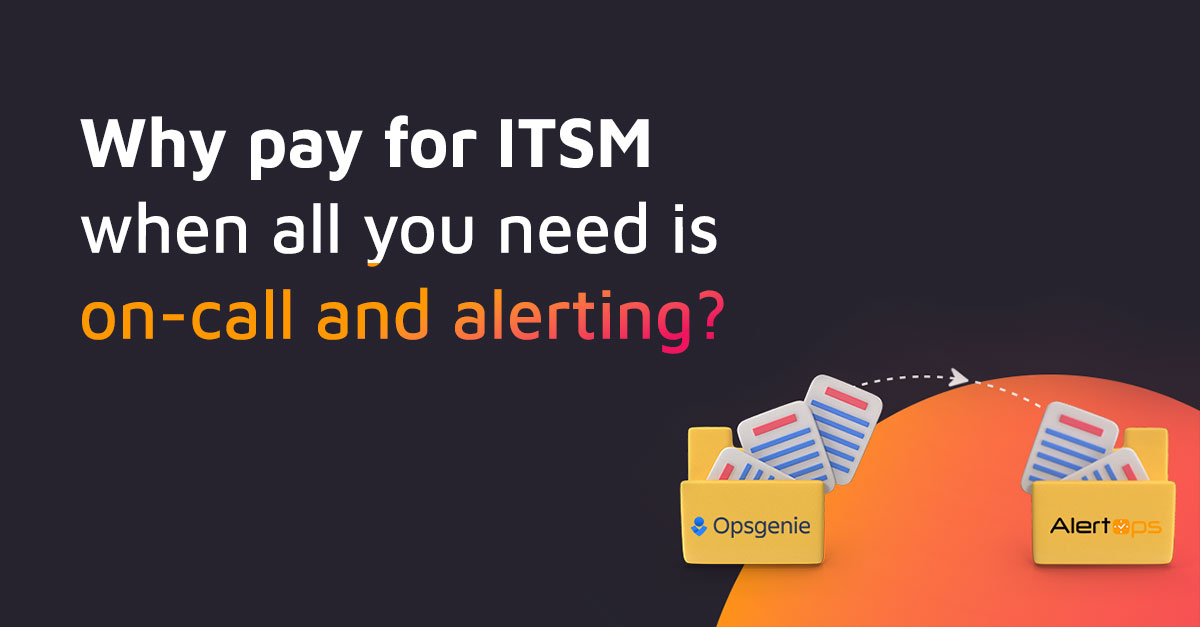Each incident involves a series of workflows, i.e. triggers to action that expand on alert management. Workflows often are triggered by a change in status or the passage of a specific amount of time. With the right workflows in place, incident management team members can stay up to date about incidents until they are fully resolved.
Workflows are important for incident management teams, yet most alert monitoring systems lack workflow capabilities. These systems frequently include escalation capabilities that may seem valuable at first.
However, escalations generally result in incident notification patterns like this:
- 30 minutes after notifying Tom, notify Jeff.
- 30 minutes after notifying Jeff, notify Sally.
- And so on…
Choosing an alert tracking system that features a workflow engine to streamline escalations is paramount. This system ensures incident management team members can send JIRA notifications as soon as an incident occurs. When an incident is created, team members can use the system to open an issue with JIRA. Next, when an incident is assigned, team members can update the issue status in JIRA. Finally, when the incident is resolved, team members can close the incident in JIRA.
The ideal alert management system ensures incident management team members can manage workflows in JIRA and other issue tracking platforms. Plus, this system allows incident management team members to use application programming interfaces (APIs) to configure an outbound integration to send messages to JIRA or other external platforms. As a result, incident management teams can establish workflows that make it easier than ever before to resolve incidents before they get out of hand.
Workflow capabilities are just some of the features that incident management professionals should consider as they evaluate alert tracking systems. These professionals also should examine incident monitoring systems that provide automatic escalations, real-time collaboration, rich alerting and other best-in-class features. If incident management professionals allocate time and resources to analyze various alert monitoring systems, they can select the right system to accelerate and improve incident response. Best of all, these professionals can find an incident management system to reduce the risk of downtime, outages and other critical incidents both now and in the future.
Check Alertops for More Information.



